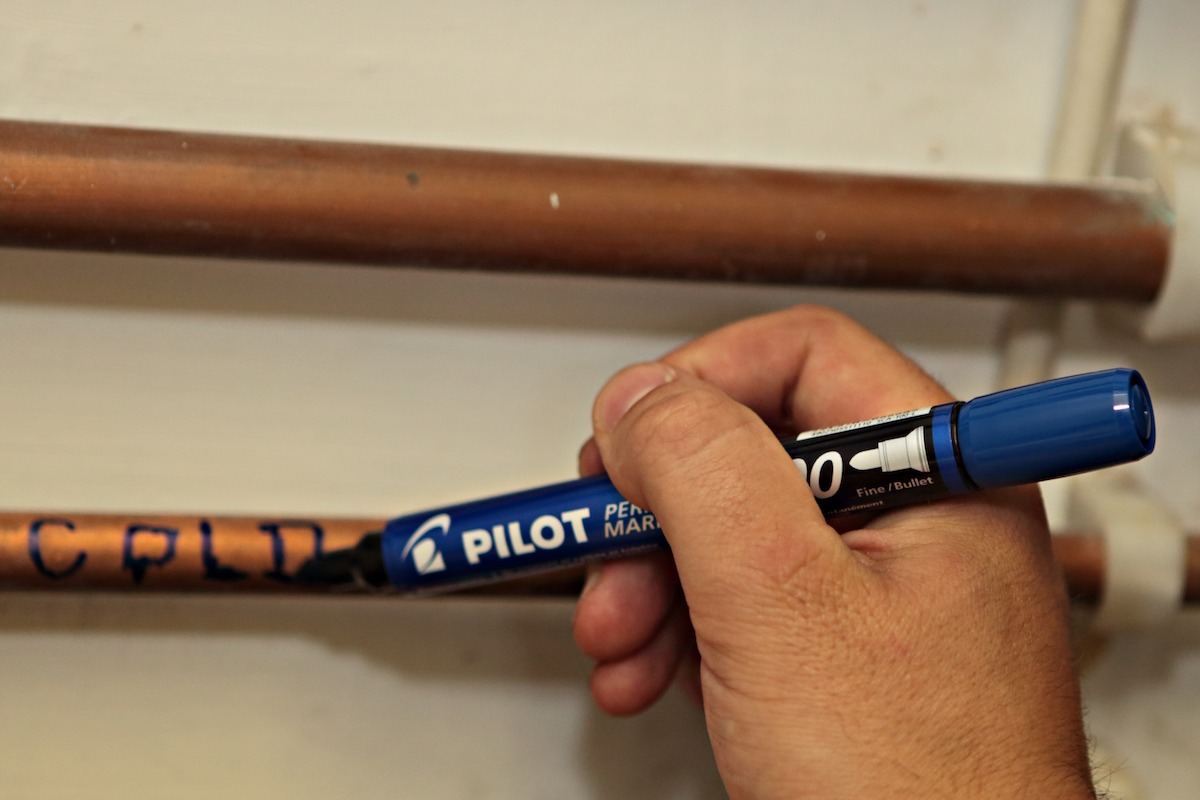‘Look after your health – it’s your greatest asset,’ is the message to trade professionals from Bosch as it launches the GDE 18V-76 Professional Dust Extractor.
Designed as an active integrated attachment for all Bosch GBH 18V-26 (F) Professional Rotary Hammer Drills, its development ls part of a continuing drive by the manufacturer to minimise dust-related illness.
While asbestos is perhaps the most infamous dust hazard, tradespeople regularly come into contact with many other substances which can irreversibly damage their health and shorten their life. They include silica dust, for example, which is generated by cutting or drilling building materials such as slate, stone and brick. Crucially, Bosch warns, you must never assume that any kind of dust in the workplace is harmless.
Estimates from a Health and Safety Executive (HSE) report in 2016 suggested around 12,000 deaths in Britain each year resulted from respiratory diseases caused by past working conditions. These included chronic bronchitis, emphysema and other types of chronic obstructive pulmonary disease (COPD), as well as lung cancer, mesothelioma and pneumoconiosis. Various allergic illnesses took smaller numbers of lives but nevertheless greatly affected workers’ quality of life. About 14,000 new cases were reported annually of breathing or lung problems caused or made worse by work. In total, around 141,000 people who had ever worked were now suffering in this way.
Inhalable dust, which is relatively easy to see, can damage your nose, mouth, throat and windpipe. Respirable dust, whose small particles are invisible to the naked eye, goes deeper into your lungs, and even beyond, to cause harm. Some dust trapped in the mucus of your respiratory system finds its way to your mouth, is swallowed, and may affect your gut or reach other organs through your bloodstream. Skin and eye contact with dust is another source of health problems.
The HSE stresses that dust masks and other personal protective equipment should be considered only as a last resort, when all other control measures have been exhausted. Where generation of dust is unavoidable, it should be extracted close to its source of emission.
Normally this is achieved by placing a vacuum cleaner hose end next to the drilling or cutting point – or, better still, attaching it to the power tool. Bosch has improved the convenience and effectiveness of dust extraction by making its new GDE 18 V-76 Professional Dust Extractor an integral part of the hammer drill in use. It simply slots into place on the tool whenever needed.
Driven by its own motor, which is powered by the drill’s battery, the active integrated dust extractor has an automatic power on/off function. When the drill trigger is pulled, the unit automatically activates. When it is released, extraction continues for a further 2 seconds, to ensure optimal dust removal, before coming to a stop.
The unit’s dust container features a HEPA filter which removes 99.97% of all dust particles larger than 0.3 micrometres. An inspection window shows how much dust has been collected, and both the container and filter are quick and easy to remove, clean and replace.
While economic considerations might seem trivial compared with your life and health, they do add weight to the argument for taking dust extraction seriously. A clear, dust-free view of the job is important for precise and efficient work. A clean and tidy workplace keeps customers happy, and extracting the dust at source saves time on cleaning up afterwards. What’s more, your tool, its motor and its accessories will have a longer service life if they are not covered in damaging dust. But above all, says Bosch, don’t forget that your health is your capital – so make sure you protect it.
Bosch already offers effective dust extraction in a wide variety of applications through its Click & Clean system, with which most Bosch power tools are compatible. This allows simple and fast connection between the tool and any one of a range of freestanding Bosch dust extractors. Its new active integrated dust extractor provides an alternative approach particularly suited to hammer drilling.
The Bosch GDE 18 V-76 Professional Dust Extractor is now available from specialist retailers at a recommended retail price of £100 ex VAT. This price excludes VAT and is subject to change.
www.bosch-professional.co.uk



















